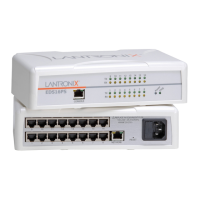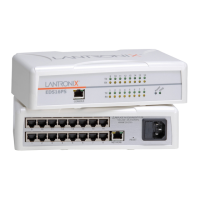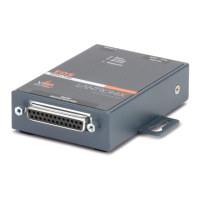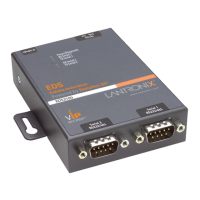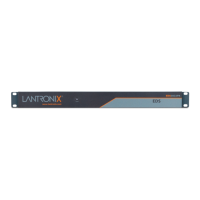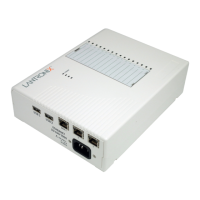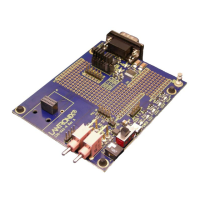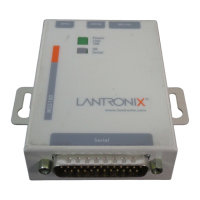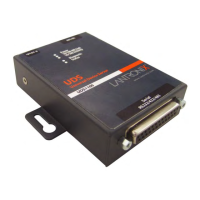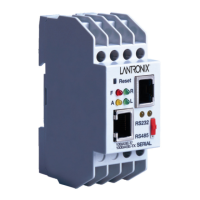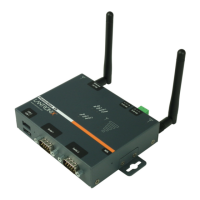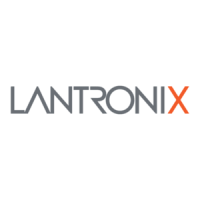EDS4100 4 Port Device Server User Guide 156
B: Configuration Using XML
The EDS4100 provides an Extensible Markup Language (XML) interface that can be
used to configure EDS4100 devices. Every configuration setting that can be issued from
the EDS4100 Web Manager or Command mode can also be specified using XML.
Using the XML interface, you can import and export EDS4100 configuration settings as
XML configuration records (XCRs) using the CLI, filesystem, Web browser, or FTP. This
simplifies the task of configuring multiple EDS4100 devices. The XCR being imported or
exported can contain many configuration settings or just a few. For example, it might
change all of the configurable parameters for an EDS4100, or it may only change the
baud rate for a single serial line. In this way, using the XML interface makes it
straightforward to change the configuration for EDS4100 devices.
XML Configuration Record Schema
An XML schema is a description of a type of XML document, expressed in terms of
constraints on the structure and content of documents of that type, above and beyond the
basic syntax constraints imposed by XML itself. An XML schema provides a view of the
document type at a high level of abstraction.
XML Configuration Records (XCRs) are exported using the following DTD:
<!DOCTYPE configrecord [
<!ELEMENT configrecord (configgroup+)>
<!ELEMENT configgroup (configitem+)>
<!ELEMENT configitem (value+)>
<!ELEMENT value (#PCDATA)>
<!ATTLIST configrecord version CDATA #IMPLIED>
<!ATTLIST configgroup name CDATA #IMPLIED>
<!ATTLIST configgroup instance CDATA #IMPLIED>
<!ATTLIST configitem name CDATA #IMPLIED>
<!ATTLIST value name CDATA #IMPLIED>
]>
The EDS4100’s schema is structured as follows.
The XML document element is known as a <configrecord>. This is the root element and
can take a “version” attribute.
A <configrecord> must have one or more <configgroup> elements. The configuration
group can take “name” and “instance” attributes.
Note: The items in the <config group> are the groups listed in the Web Manager groups.
See XML on page 92.
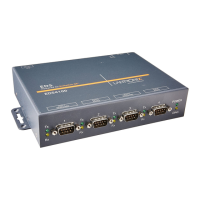
